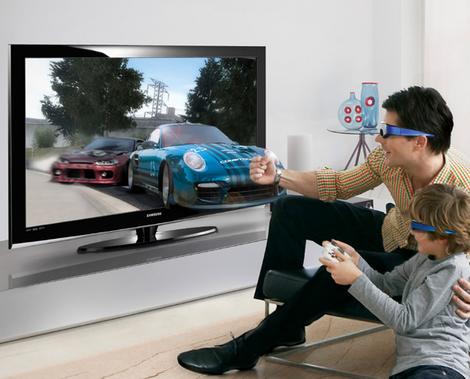Movie magic has come a long way since the first documented special effect in 1856, when a photographic trick was used to simulate a movie beheading. Now with such epic fantasy, adventure, and science fiction films on offer as Lord of the Rings or Avatar – along with a demand from moviegoers the world over for absolute realism – there’s an ever-increasing need for special effects to get better and better.
Gone are the times when we were impressed with the tantalizing effects of movies like the original Tron and Star Wars; gone too are the days when budgets were a fraction of the $220 million dollars spent to create movies like the Avengers (released in 2012). Expectations today are most definitely running high, especially with the introduction of technologies like IMAX in cinemas and HDTVs, 3D TVs, and Smart TVs in home theaters.
Modern movie effects

As technology has improved, the use of computer generated imagery (CGI) has been used more and more to create huge special effects like the alien spaceships on Independence Day and the dinosaurs in Jurassic Park. Of course, this is massively time-consuming and costly. For example, to create a film like Disney’s Toy Story (lasting just 84 minutes), it takes 3 or 4 years of computer work and hundreds of people working tirelessly around the clock! On the plus side: as computer software improves, this becomes a much quicker and cheaper process.
On the physical effects side of things, companies like Weta, which created the monster effects of films like Lord of the Rings and District 9, spend many hours creating plaster casts and sculptures of actors so that artists can then use moulds and models to design their intricate costumes. You can only imagine just how many talented artists are needed to create hundreds of monster costumes for one massive gory battle!
So what’s the future of movie effects?
Believe it or not the future of movie effects lies in the technology of 3D printers!
3D printers and rapid prototyping machines have been used on films such as Jurassic Park: The Lost World, Iron Man 2, and the recent Avengers movie, creating things like Iron Man’s armor and other superhero costumes.
Rather than creating a plaster cast of the actor’s entire body and then spending weeks creating costume parts using moulds, the process involves creating a 3D scan of the actor or object and then using computer aided design software; the finished concept is created on a computer.
Finally a 3D rapid prototyping printer is used to instantly create the prop or costumes on set!
Not only is this process much quicker and more cost-effective to use; it also allows set and costume designers to produce extra parts of costumes by simply printing them out.
There’s no doubt that the detail achieved using this method is opening up more possibilities for artists who want to be more creative on movie sets. As technology improves again, it’s only going to get better.
About the author: This post was written by Stuart Deavall, the Marketing Manager for a UK-based company called NetGiant Ltd., which also manages TonerGiant, a leading supplier of colour laser printers in the UK. Stu loves to keep fit and loves to regularly work out.

